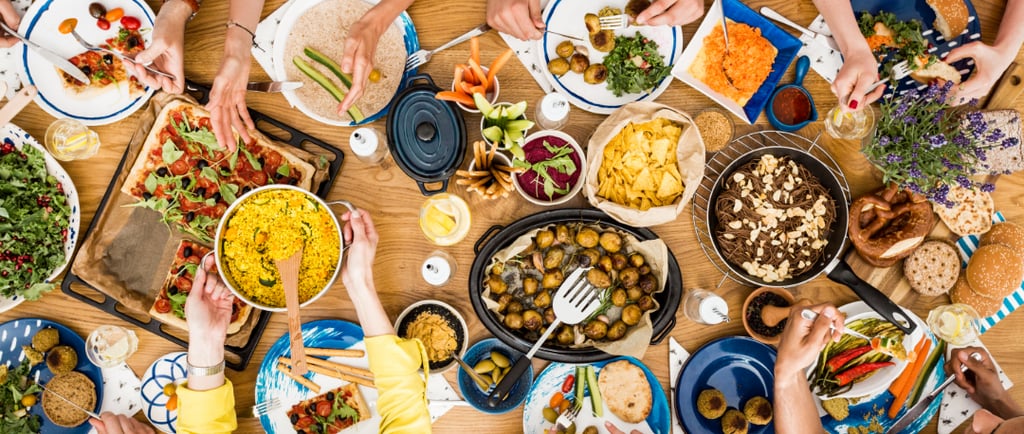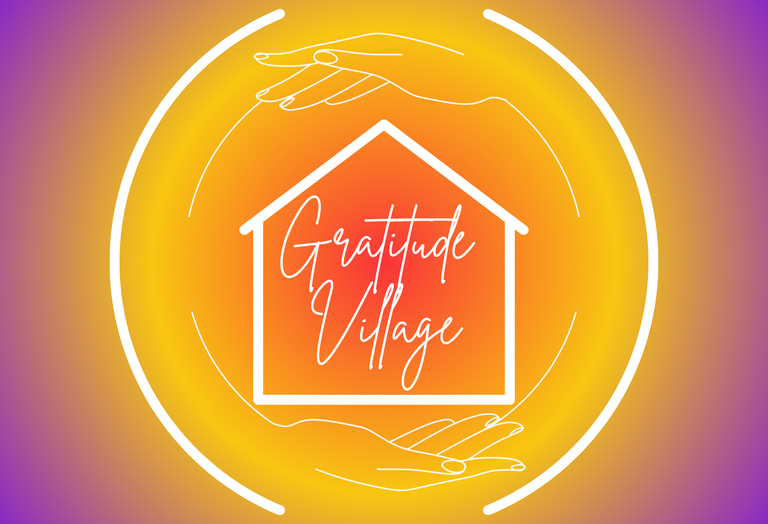Happy Holidays from Everyone at Gratitude Village!
The Social Fabric of Cohousing: Building Lifelong Connections
In this blog we look at the relationships formed in cohousing communities and how they differ from traditional neighborhoods.
Gratitude Village
9/15/20244 min read


The Social Fabric of Cohousing: Building Lifelong Connections
In today’s fast-paced world, where technology often replaces face-to-face interactions and people can live next door to strangers for years, the concept of community is increasingly elusive. Many of us yearn for a deeper connection with those around us, but the structures of modern life make it challenging to cultivate meaningful relationships. This is where cohousing comes in—a model of living that not only provides a roof over your head but also weaves a rich social fabric that enhances the quality of life for its residents. Let’s explore how the social fabric of cohousing creates strong, lasting connections that enrich the lives of those who choose this communal lifestyle.
1. Intentional Design for Interaction
The social fabric of cohousing begins with its design. Unlike conventional neighborhoods, where homes are often isolated from one another and social interactions are left to chance or can be difficult to maintain, cohousing communities are intentionally designed to foster interaction. Homes are typically clustered around shared spaces, such as courtyards, gardens, or common houses, which act as the heart of the community. These shared spaces are not just afterthoughts; they are central to the life of the community, encouraging residents to meet, socialize, and work together on a regular basis.
The layout of a cohousing community naturally leads to frequent, casual interactions. Whether it’s bumping into a neighbor on the way to the common house, chatting while tending to a shared garden, or gathering for a communal meal, the design of cohousing ensures that residents have ample opportunities to connect with one another while also ensuring plenty of privacy for those times when it’s needed. These everyday encounters form the building blocks of strong relationships, turning neighbors into friends and creating a sense of belonging that’s often missing in traditional neighborhoods.
2. Shared Responsibility and Cooperation
Cohousing is built on the principle of shared responsibility, which plays a significant role in strengthening the social fabric of the community. Unlike traditional housing, where residents might only come together for occasional neighborhood meetings, cohousing communities actively involve all members in the management and upkeep of the community. This might include everything from planning community events and maintaining shared spaces to making decisions about community policies and resolving conflicts. The process of working together on these tasks fosters a sense of ownership and pride in the community. It also builds trust and cooperation among residents, as they learn to rely on one another and work through challenges as a team. This shared responsibility extends beyond just physical tasks; it also includes emotional support, as residents look out for one another, offer help when needed, and celebrate each other’s successes.
The decision-making process in cohousing communities is often done through consensus, where everyone has a voice, and decisions are made collaboratively. This approach not only ensures that all residents feel heard and valued but also reinforces the importance of working together for the common good. Over time, this collaborative spirit strengthens the social bonds within the community, creating a network of support that is both reliable and resilient.
3. Intergenerational Connections
One of the unique aspects of cohousing is its ability to foster intergenerational connections. Unlike age-segregated living arrangements, such as senior communities or family-oriented suburbs, multigenerational cohousing brings together people of all ages and stages of life. This diversity enriches the social fabric of the community, providing opportunities for different generations to interact, learn from each other, and offer mutual support.
Children in cohousing communities benefit from having a wide range of role models and mentors, while older residents enjoy the energy and vibrancy that younger generations bring. For families, cohousing provides a safe and supportive environment where children can play and explore under the watchful eyes of many adults. For seniors, it offers the companionship and assistance that can sometimes be lacking in traditional neighborhoods, helping to combat loneliness and isolation.
These intergenerational connections are not just incidental; they are a key feature of cohousing. Many communities organize activities and events that bring residents of all ages together, from communal meals and gardening projects to storytelling sessions and holiday celebrations. These shared experiences create bonds that transcend age differences, fostering a sense of community that is inclusive and nurturing for everyone.
4. Emotional and Social Support
At its core, cohousing is about creating a community where people genuinely care for one another. The social fabric of cohousing is woven with threads of empathy, kindness, and mutual support. Whether it’s helping a neighbor with childcare, offering a ride to someone without a car, or simply being there to listen during tough times, residents of cohousing communities are there for each other in ways that go beyond mere neighborly gestures or saying hi as they cross paths walking their dogs.
This culture of care is particularly valuable during life’s challenges, such as illness, loss, or personal struggles. In cohousing, residents can count on their neighbors for both practical assistance and emotional support, creating a safety net that is often missing in more conventional living arrangements. This sense of being part of a caring community not only enhances the well-being of individual residents but also strengthens the overall resilience of the community.
5. Celebrating Life Together
Cohousing is not just about sharing responsibilities and offering support; it’s also about celebrating life together. The social fabric of cohousing is enriched by the traditions, rituals, and celebrations that communities create and share. Whether it’s gathering for a weekly communal meal, celebrating birthdays and holidays, or organizing cultural and artistic events, these shared experiences bring joy and meaning to daily life. These celebrations create a rhythm to community life, marking the passage of time and providing opportunities for residents to connect on a deeper level. They also contribute to a sense of shared identity and purpose, as residents come together to celebrate both the big moments and the small joys of life. Over time, these traditions become an integral part of the community’s culture, reinforcing the bonds between residents and creating a lasting sense of connection.
The social fabric of cohousing is what sets it apart from other living arrangements. By fostering close relationships, encouraging cooperation, and creating a supportive and inclusive environment, cohousing offers a way of living that is both socially enriching and deeply fulfilling. For those who crave a sense of community and connection in an increasingly disconnected world, cohousing provides a model for building lifelong relationships and living a life rooted in togetherness.
COMMUNITY
Join us in embracing nature, diversity and connection.
Sustainability
DIVERSITY
info@gratitudevillageco.com
720-689-4821
© 2025. All rights reserved.
AFFORDABILITY
Gratitude Village Inc. is a 501(c)3 charitable corporation that values diversity, equity, and inclusion as essential to our mission
Subscribe to our Substack
Refund Policy




Gratitude Village is a Proud Member of these organizations
